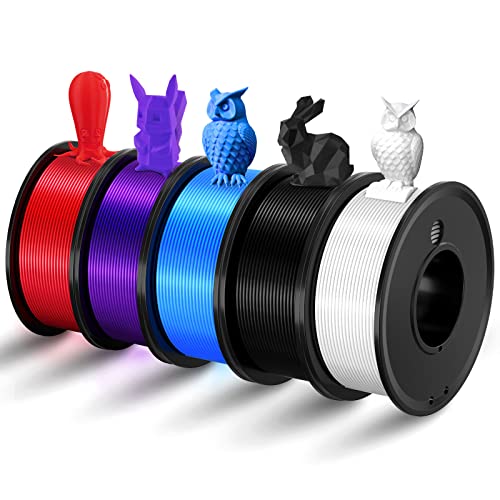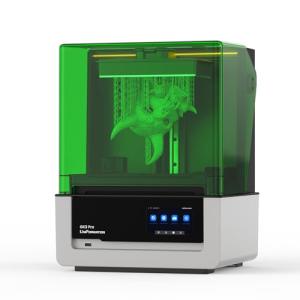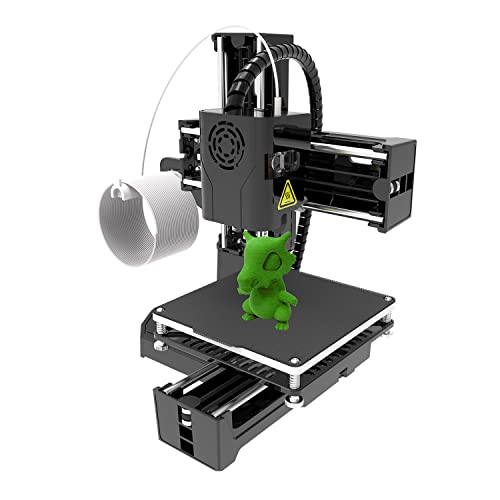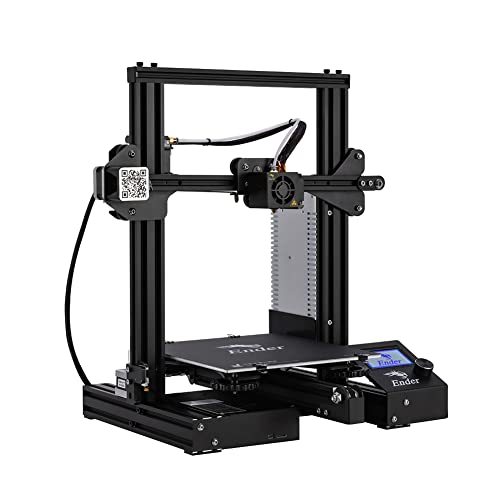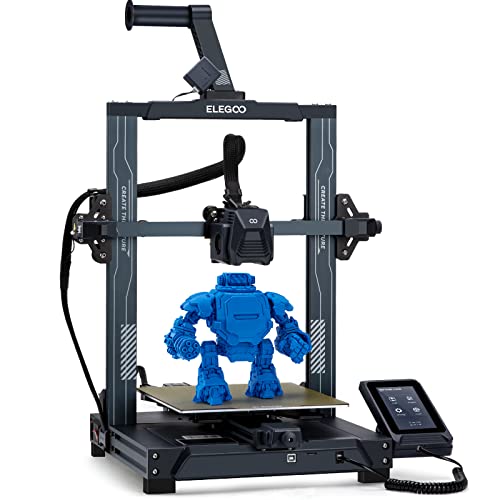3D printing might sound like sci-fi magic, but it’s actually pretty simple and fun! At its core, a 3D printer takes a digital design and turns it into a physical object layer by layer. You start with a model, usually created in a design program, and the printer follows those instructions to build your item using materials like plastic, resin, or metal.
When diving into this 3D Printer Buying Guide, it helps to know about the main types of 3D printers. The most common one is Fused Deposition Modeling (FDM), which melts plastic filament and layers it to create your object. Then there’s Stereolithography (SLA), which uses a resin that hardens with UV light. Each type has its pros and cons, so think about what you want to make before deciding on a model.
Another key aspect to consider is the build size of the printer. If you're just making small items, a compact printer is fine. But if you’ve got big dreams, like printing furniture or larger models, look for a printer with a larger build volume. Also, check the detail and precision. If you want fine, intricate designs, you may need a printer that can handle those extra details.
Don’t forget about the ease of use! Some printers come fully assembled, while others require some setup. If you're a total newbie, you might appreciate a plug-and-play option. And consider the software needed for slicing your 3D models. User-friendly software can make your printing experience so much smoother.
Choosing the Right Type of Printer
There are a few main types of 3D printers to consider. FDM (Fused Deposition Modeling) printers are super popular for beginners. They use a spool of plastic filament to build your design layer by layer. These printers are usually affordable and pretty easy to operate, making them a great choice for hobbyists.
Then you have SLA (Stereolithography) printers. These bad boys use resin and a light source to create detailed parts. If your goal is to create high-quality prototypes or miniatures, SLA printers can give you that extra finesse. Just keep in mind, they often require more upkeep and can be a bit messier than FDM printers.
Lastly, there’s SLS (Selective Laser Sintering) printers. They’re a bit pricier and mostly used in professional settings, but if you want strong materials and complex designs, they deliver. For most beginners, sticking with FDM or SLA will keep things simple and affordable.
As you dive into your 3D Printer Buying Guide, remember to think about your budget, the materials you want to use, and the level of detail you need. This will help you find the perfect printer for your projects!
Haosegd PLA 1.75mm 3D Printer Filament Bundle - 5 Colors
Experience vibrant and smooth 3D printing with the Haosegd PLA 1.75mm 3D Printer Filament Bundle featuring 5 colors
Product information
$28.99
Product Review Score
4.45 out of 5 stars
168 reviewsProduct links
Key Features You Should Look For
When diving into the world of 3D printing, having a solid understanding of what to look for can make a huge difference. This section will help you navigate those crucial features in your 3D Printer Buying Guide.
Print Quality: One of the first things you’ll want to consider is print quality. Look for printers that deliver fine details and smoother finishes. A good rule of thumb is to check the printer’s layer height specifications, usually measured in microns. A lower number means better quality, so keep an eye out for anything under 200 microns.
Build Volume: The build volume refers to the maximum size of the object you can print. If you have big projects in mind, go for a printer with a larger build volume. It’s worth checking the dimensions to ensure they fit your creative ideas.
Ease of Use: If you’re just starting out, an easy-to-use printer is essential. Look for features like user-friendly interfaces, touchscreen controls, and automatic bed leveling. These will help you focus on printing rather than troubleshooting.
Material Compatibility: Different printers work with different materials. Some may only use PLA, while others can handle ABS, PETG, and even flexible filaments. Check the compatibility list to ensure your 3D printer can use the materials you want for your projects.
GK3 Pro 16K High-Res LCD Resin 3D Printer
Experience incredible detail and vibrant colors with this easy-to-use, high-resolution resin 3D printer
Product information
$739.00
Product Review Score
4.5 out of 5 stars
90 reviewsProduct links
Budgeting for Your First 3D Printer
Getting your first 3D printer can feel a bit overwhelming, especially when you're trying to stick to a budget. This is where having a solid plan comes in handy. Think about how much you’re willing to invest. Entry-level printers typically range from $200 to $600, while higher-end models can go over $1,000. Decide what you’re comfortable spending, but remember, you'll also need a few extras to get started.
Besides the printer itself, you’ll want to set aside money for supplies. Filaments come in different materials and prices vary by brand. Budget around $20 to $50 for a spool of filament, and it’s a good idea to grab a few to experiment with. Don’t forget tools like a scraper, digital calipers, and maybe a glue stick, which can all add up but are super helpful.
Also, think about how often you'll be using the printer. If you plan to dive into projects regularly, investing a little more in a reliable model can pay off over time. Look for models that come with good community support or reviews—this can save you a ton of headaches later. You’ll find useful insights in our 3D Printer Buying Guide to help you make a smart choice without breaking the bank.
Lastly, make room in your budget for potential upgrades or add-ons in the future. As you get more into 3D printing, you might want to experiment with better nozzles, heated beds, or even a resin printer for different projects. Keeping a little extra cash stashed for those upgrades can really enhance your printing experience.
